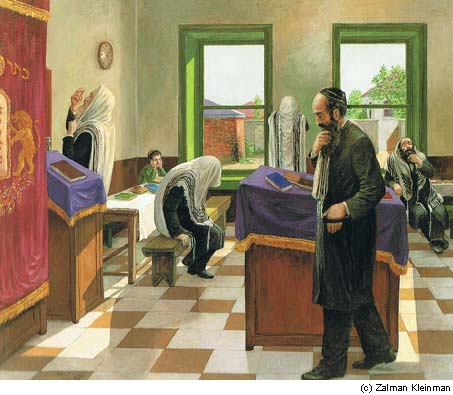Rabbi Shneur Zalman of LiadiThe Alter Rebbe Parshat Ki-Teze 5565-1805 (1) second version
Indented text by the translator
General Rules
This phenomenon is hinted at by the Talmud, “The Torah is elucidated in a manner of generality and detail.”
Rabbi Yishmael lists 13 rules of exegesis by which the Written Torah is expounded by the Oral Torah. Among these principles are eight which relate to the interplay between generality and detail. Three are cited here:
-
When a general rule is followed by an explicit particular, the rule is limited to the specified particular.
-
When a general rule is followed by a specification and then again by a general rule, the law is applicable only to those cases which are similar to the specification.
-
When a particular case included in a general law is singled out with a new stipulation, the provisions of the general law no longer apply to it, unless the Torah expressly states that they do.
Two different methods of interpretation are implied. The first takes place while the Torah is within the antecedent thought of Primordial Man. There, it is expounded in a generalized fashion. A single glance takes in all the episodes and actions detailed in the Written Torah, from its initial verse, “In the beginning God created the heavens and the earth” until its conclusion.
Old Man
“The Torah precedes creation by 2,000 years,” writes the Midrash. Two thousand alludes to the attributes of Wisdom and Understanding. Job said of this, “I will teach you Wisdom.” And the Talmud tells us to “teach understanding.”
The Hebrew word for 1,000 (eleph) is derived from the same three-letter root as the word for teaching. And when its letters are reversed, the word “wonder” (pelah) is spelled. Wonder refers to the sefira of Crown (keter), which is characterized by the number 1,000. So 2,000 represents the sub-sefirot of Wisdom and Understanding of Crown.
How does the Torah precede creation by 2,000 years? It was originally included within the antecedent thought—that is, inside Primordial Man’s attributes of Wisdom and Understanding. Afterwards the Torah is “expounded by means of specification”; it descends into the world of Emanation. There it undergoes division and subdivisions through all the time units “under the sun,” as is written in the Torah.
References





